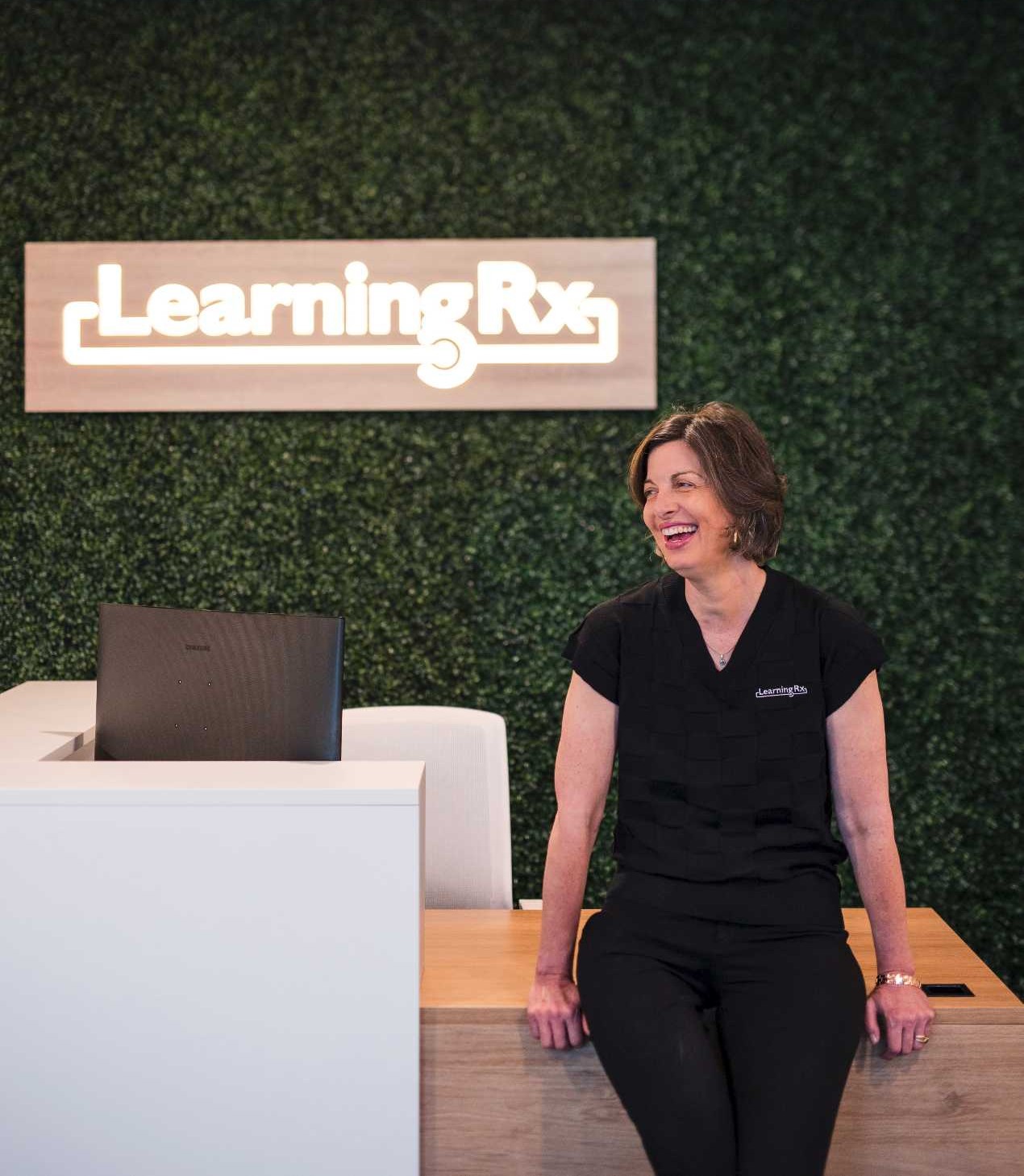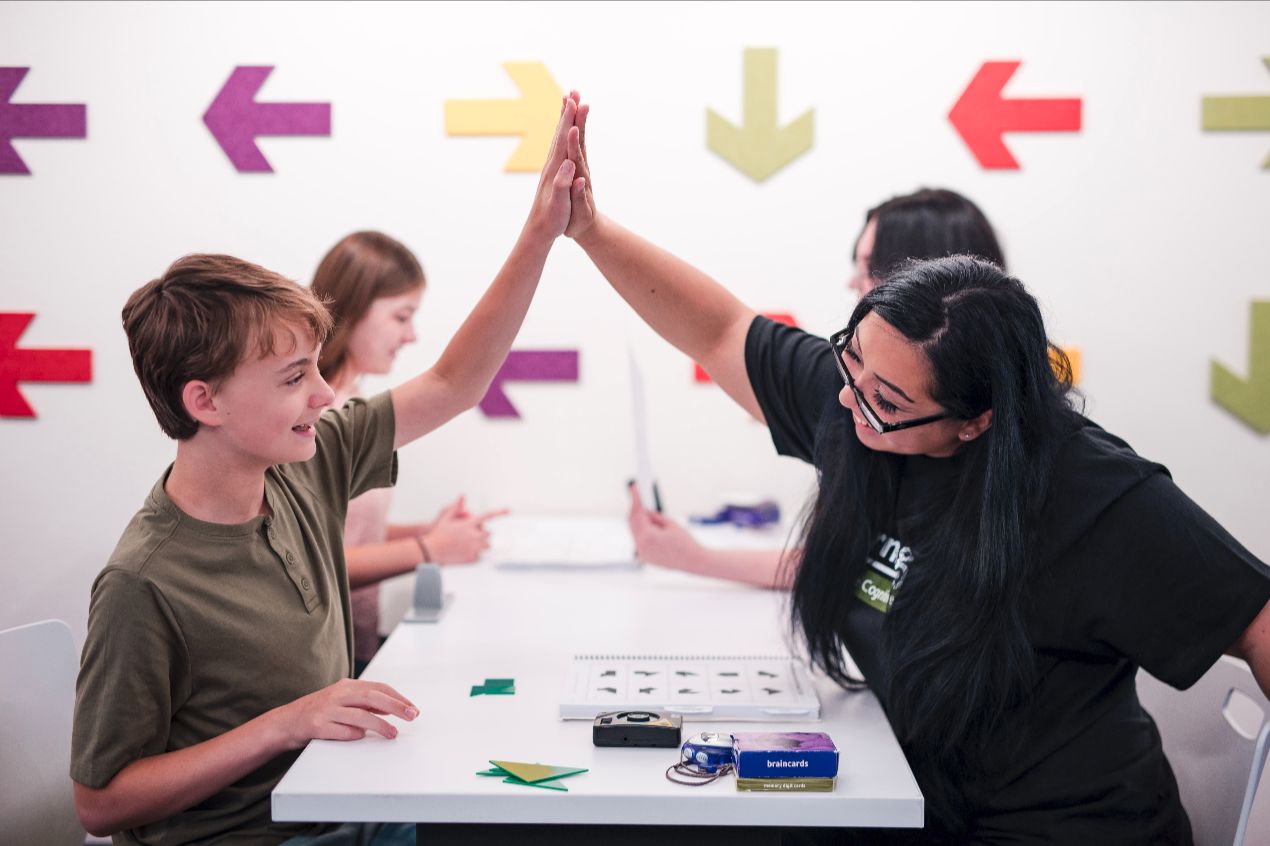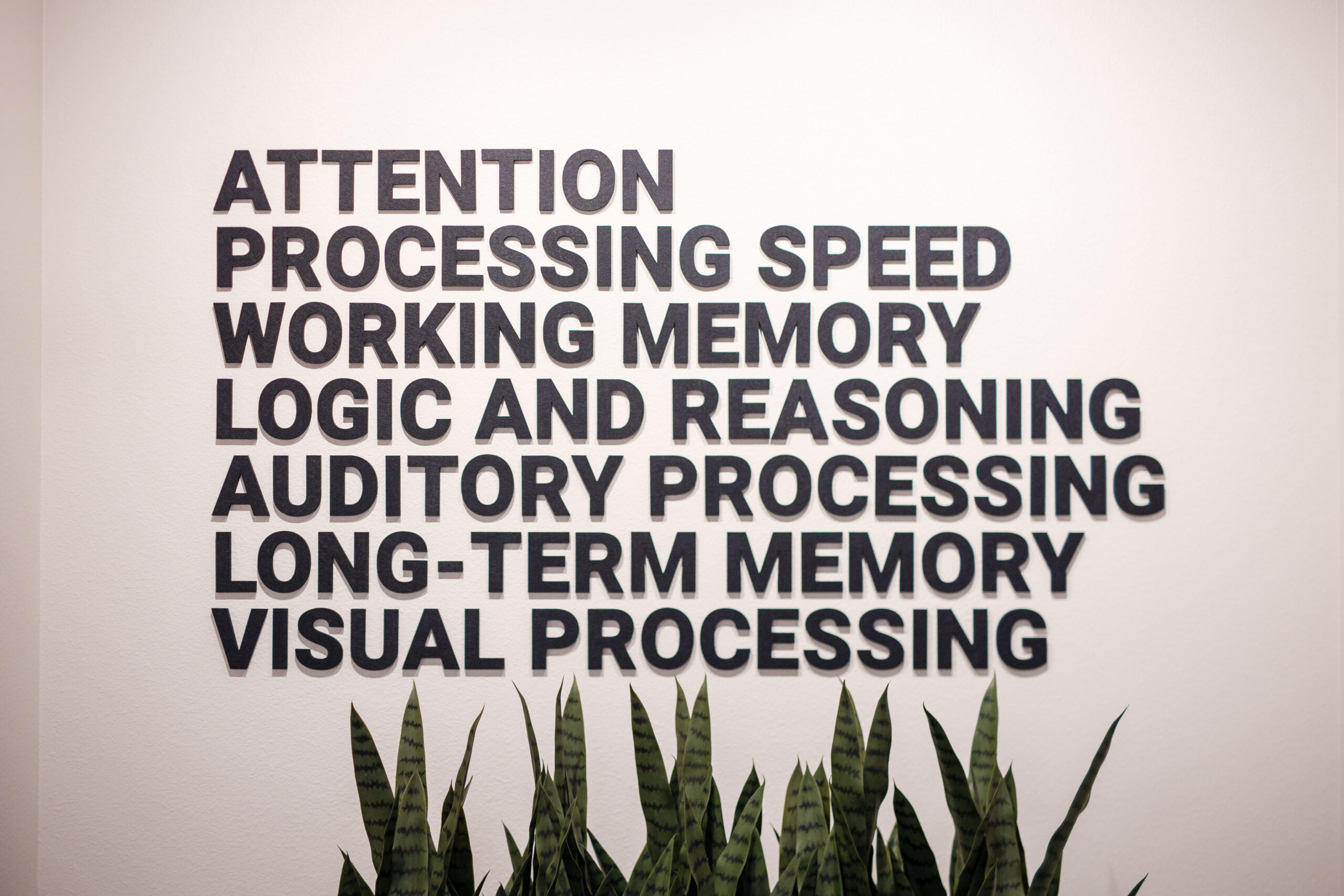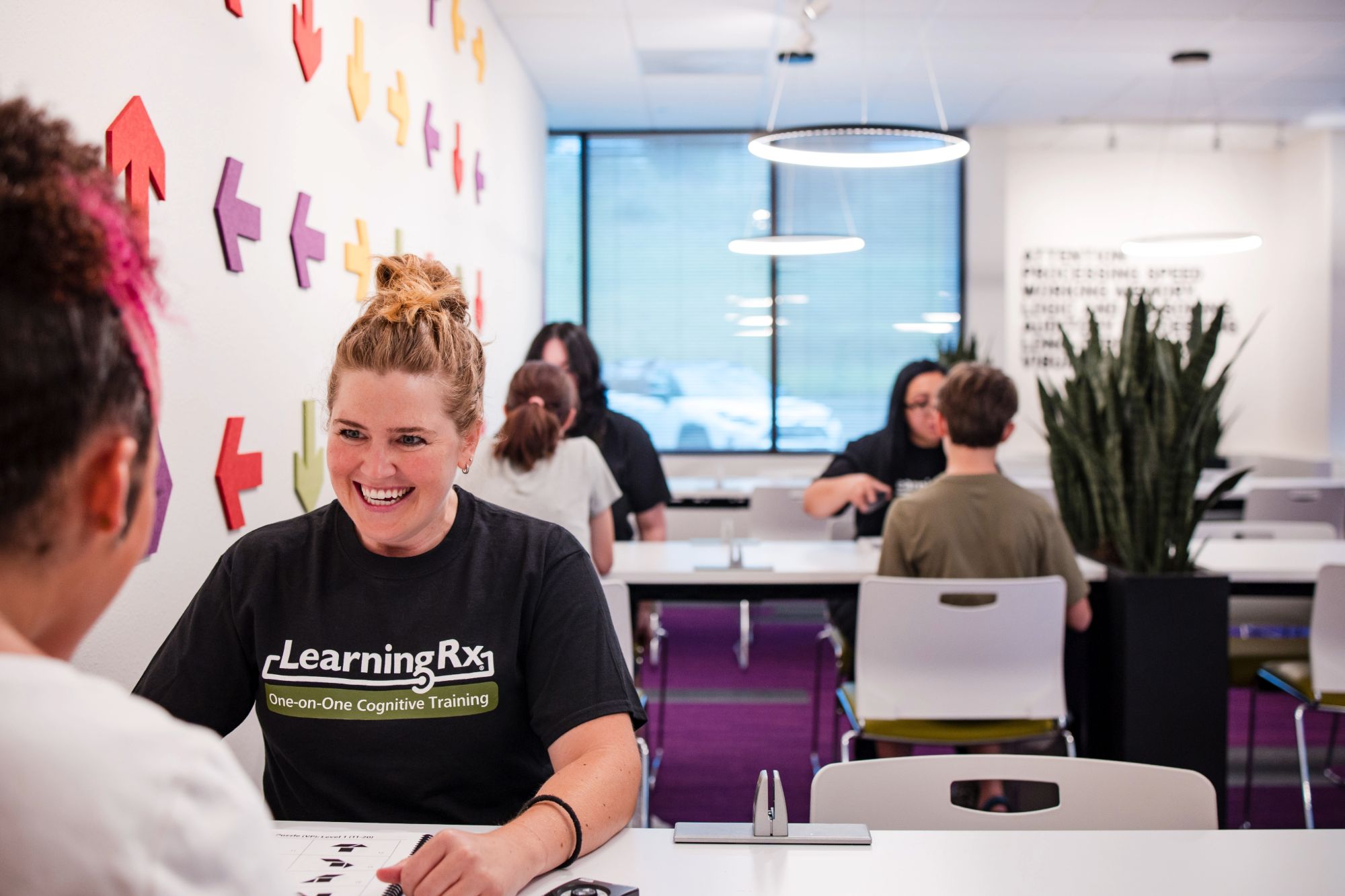
In short: Tutoring helps you through one chapter; brain training strengthens the whole reader.
Choose brain training when you see patterns that point to skill-based barriers rather than content gaps, for example:
- Inconsistent attention: They can focus on favorite activities but “zone out” during reading or multi-step tasks.
- Slow work/processing: Homework takes forever; instructions are hard to follow; tests aren’t finished despite knowing the material.
- Weak working memory: Multi-step instructions are forgotten; note-taking and following directions are hard; information is difficult to retain.
- Reading bottlenecks: Phonics never “clicked,” reading is choppy and words are guessed, or comprehension lags despite rereading.
- Across-the-board struggle: Challenges show up in many classes, not just one; home life is strained.
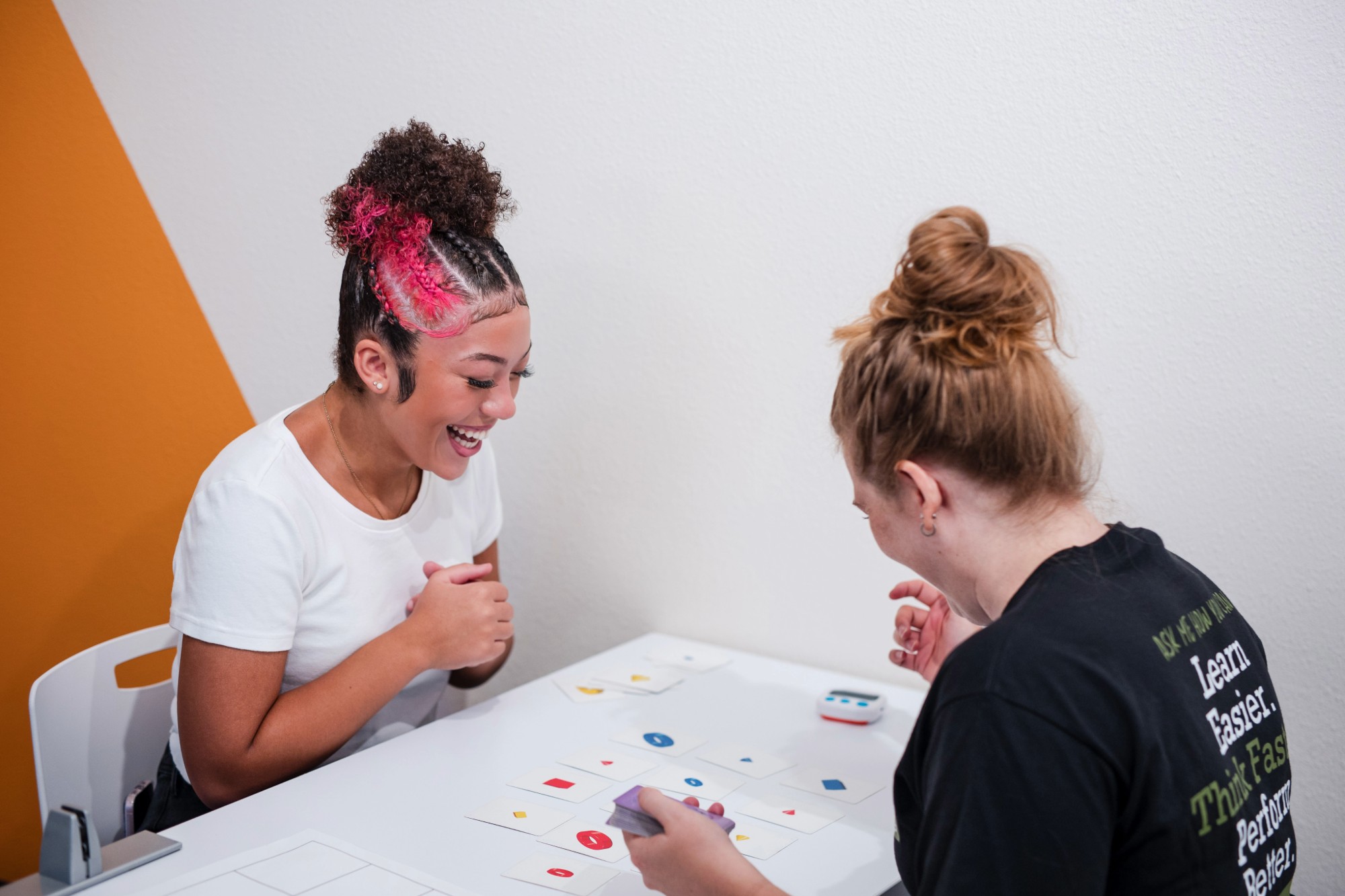
A randomized controlled trial found that students who completed 60 hours of LearningRx training gained an average of 21 IQ points and improved across all measured cognitive skills. This demonstrates that LearningRx programs can significantly improve cognitive skills and IQ for children and adolescents.
In practice, this means that instead of simply helping a child “get through” this year’s math homework, brain training equips them with stronger skills for every class, every subject, and every challenge that lies ahead.
Most traditional academic help focuses on a student’s knowledge bank—what they’ve already been taught and what they can recall. That’s important, but it’s only part of the picture. True learning success depends on the underlying cognitive skills that allow us to think quickly, remember accurately, process information efficiently, and apply knowledge in new situations. Without strong skills like attention, memory, and processing speed, even a well-stocked knowledge bank can be hard to access.
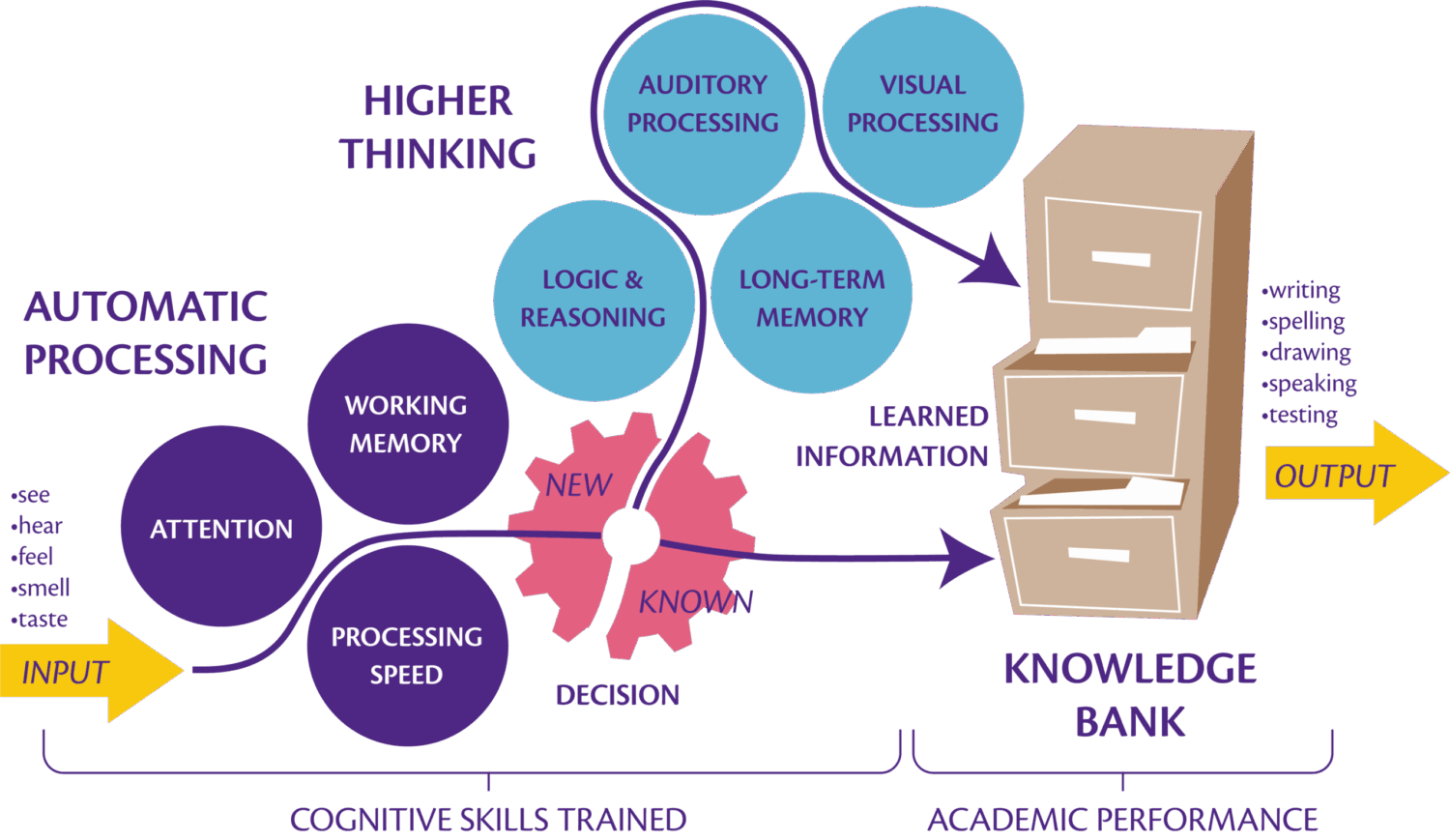
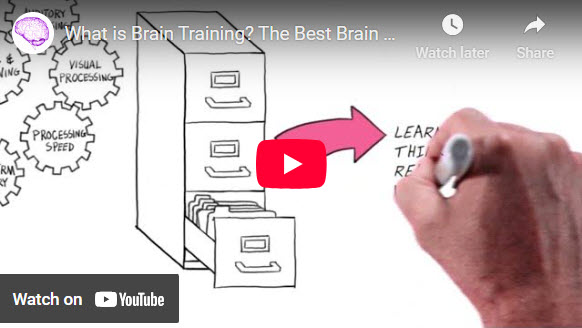
Here’s how it works:
- Personalized Training Plans – Each learner gets a customized program targeting their specific needs.
- One-on-One Coaching – Certified brain trainers provide direct, individualized attention.
- Challenging, Engaging Exercises – Each session is designed as a true mental workout.
- Repetition & Practice – Consistent training helps solidify new cognitive skills.
- Step-by-Step Progression – Training starts with core skills and builds to more complex exercises.
- Multi-Skill Development – Advanced exercises combine multiple cognitive functions at once.
- Encouragement & Motivation – Brain trainers provide real-time feedback to keep learners engaged.
Practically, families notice a shift that feels like this:
- Homework time shrinks—and tempers cool.
- Reading becomes smoother and more automatic.
- Following instructions and organizing tasks gets easier.
- Confidence rises—because the student feels their brain working better.
—Rich Frieder | Eagan, Savage + Woodbury, MN
The benefits of brain training don’t stop with the student. Parents often report that after brain training, their children show higher confidence, better personal responsibility, stronger social skills, and a more positive mood—changes that can improve family life, school experiences, and community relationships.
These ripple effects mean that a single student’s gains can transform the dynamics of a household and inspire others in their school and neighborhood.
For the client: Stronger cognitive skills change the daily experience of learning. Students don’t have to spend their energy compensating; they get to invest it in learning, creativity, and growth.
For the family: The after-school hours transform. Fewer battles, less micromanaging, more independence. Parents often tell us the biggest change is emotional: a child who believes “I can do this.”
For the community: When students experience success, schools benefit from more engaged learners, teachers see fewer chronic struggles, and local professionals (educators, pediatricians, therapists) gain a trusted partner to address root-cause learning challenges.
Our franchise owners consistently share three themes:
- Purpose you can measure.
It’s deeply satisfying to watch a client’s test scores, reading fluency, and confidence climb—and to know your team built the skills that made it happen. - A program families talk about.
Because cognitive changes show up across subjects and at home, families tell their friends. Centers often grow through authentic word of mouth and professional referrals. - A supportive, proven system.
From training and operations to marketing and research-backed programs, franchisees aren’t reinventing the wheel—they’re rolling with momentum and support.
